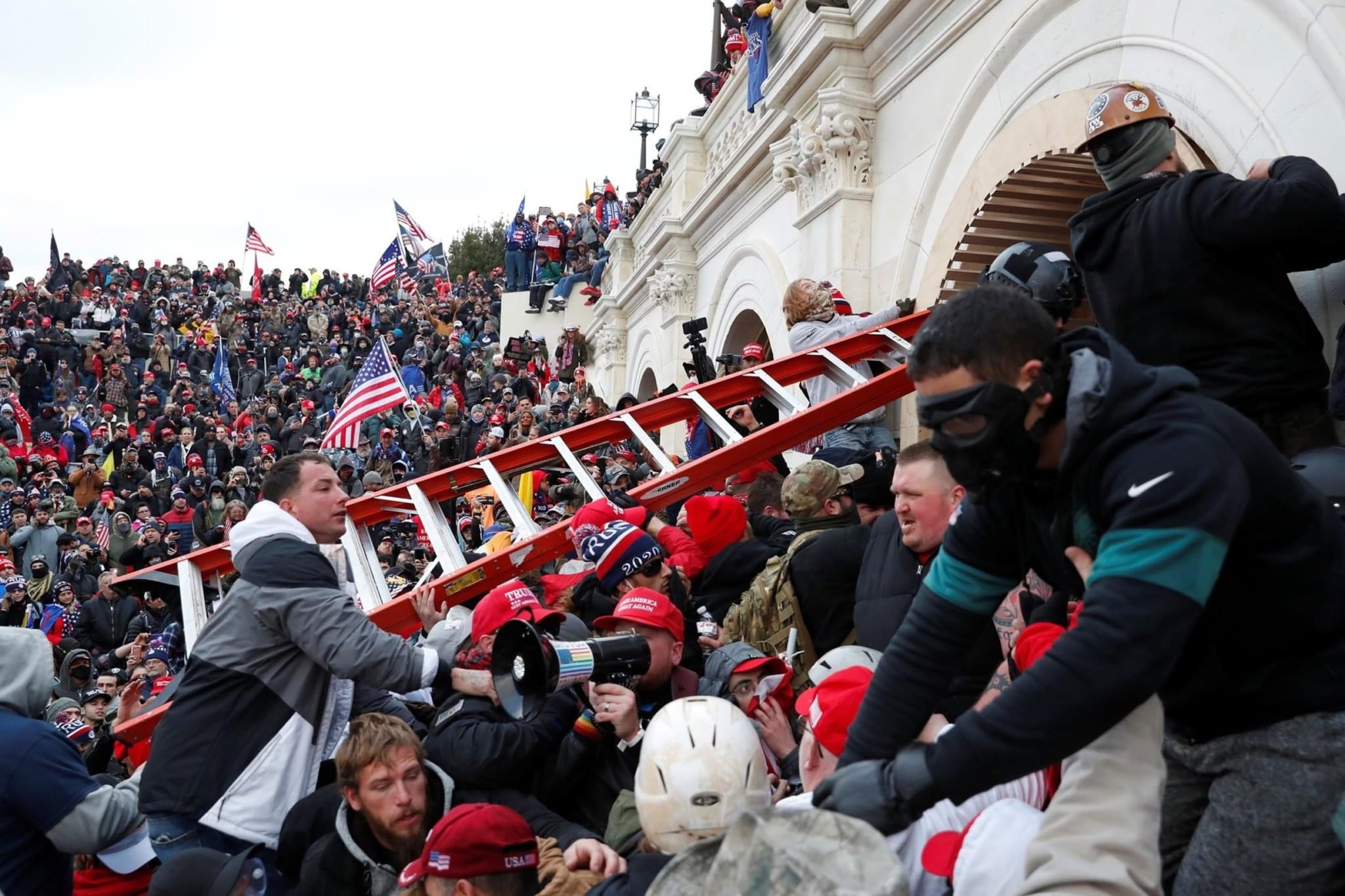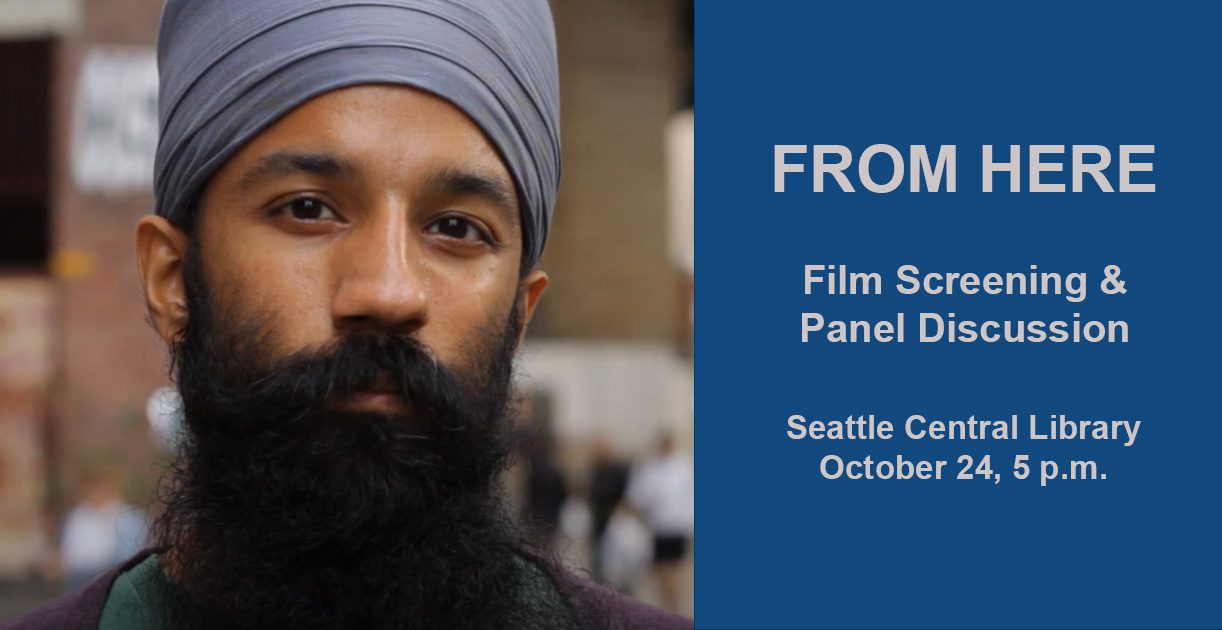
At least six SPD officers attended the “Stop the Steal” rally in Washington D.C. on January 6, 2021. This rally concluded with an armed and deadly insurrection at the nation’s Capitol Building. As reports came in, Seattle received the disheartening news that no other city in the country had a larger contingent of law enforcement in attendance. There have been community calls for an investigation; the public has a right to know if these officers were part of the deadly assault on our democracy. The Office of Police Accountability (OPA) is charged with that responsibility – one that is limited to individual officer conduct and thus unable to address the structural or workplace issues that maintain white supremacy.
The Seattle Office for Civil Rights (SOCR) does not have a role in the OPA investigation. We do, however, have a deeper responsibility to uphold Seattle’s 17-year commitment to address structural and institutional racism. SOCR coordinates the City’s Race and Social Justice Initiative and are charged with uprooting racism within city government. We are deeply concerned with the implications of officer presence at the rally and insurrection that was led by White Nationalists.
White Nationalists, nearly all of them also Christian, culturally or in practice, believe that there is a “white race” that it is genetically, socially, and culturally superior to other “races.” They believe that there is a genocide on white people, orchestrated by Jews who enable the social and economic advancement of Black and brown people, non-white immigrants, LGBTQIA people, people with disabilities and other marginalized groups. The Pacific Northwest has a long, disturbing history of organized White Nationalism within and outside of government. In 2020, the Southern Poverty Law Center tracked 22 hate groups in Washington state including classifications of White Nationalist, Racist Skinhead, Neo-Nazi, among others. The presence of White Nationalist ideologies within Seattle Police Department would have dramatic implications for the culture and norms of the department charged with our public safety.
Moreover, in speaking with communities most impacted by racism and hate violence, we have consistently heard that the City must first address the institutional racism and the systems that perpetuate hate and white supremacy within government. White supremacy ideologies can manifest in multiple forms throughout City government. Yet community members, especially from those communities targeted by hate violence, have expressed that they feel the greatest threat to their safety is from law enforcement.
We need to learn more about the possible presence and impact of White Nationalist ideologies in our City government and especially in the department with employees who carry deadly weapons as part of their job. The number of individuals with these beliefs is not relevant, though obviously the larger the number, the more concerning. Carter F. Smith, who served for 30 years as an Army criminal investigator and now teaches criminal justice at Middle Tennessee State University said in a 2019 interview with The New York Times , in response to the Army’s claim that the presence of White Nationalists in the Army was small, “Well, the numbers might be small, but they are like a drop of cyanide in your drink. They can do a lot of damage.”
Beyond individual officers or other City employees who may openly identify with the White Nationalist movement, the ideology itself has spread, shifting what’s acceptable in the mainstream – in its direction. We see this in policy ideas and processes that put the needs of white-led groups and communities, who experience benefits from structural racism and feel safe with law enforcement, ahead of those communities directly targeted by White Nationalism and the racism endemic to our institutions.
If there are White Nationalist ideologies in City government, they are antithetical to our City’s commitment to race and social justice. We want a City where everyone feels safe. We must begin with self-examination and eliminating the institutional racism we find.
Edited format and photo, and republished on April 19, 2021.


